Pigeon
Pigeon
Pigeons are flying birds and form the typical example of class
Aves of phylum Chordata. The scientific name is Columba livia belonging to
order Columbiformes. The domesticated pigeons are breeds of wild forms which
avoid forests and like to live on rocky hills, hill forts, and old wells and in
broken buildings. Every town has its own pigeon population living in different
buildings of a bazaar, factory sheds, mosques, railway stations and
goods-yards. Domesticated pigeons are generally kept in cages or in wooden
boxes with doors and windows.
Pigeons are good fliers and fly in circles in a group. They are
very active birds and are easily frightened by a sound or at the approach of
other larger birds. They generally make a nest of slender twigs and straw in
wells and inside houses and buildings. They make humming sound and fly in
flocks. They feed on cereals, pulses and ground nuts. So, they are called
grain-eaters. They make the railway stations, goods yards or places where they
live filthy by their excreta. They generally return during night where they
live. These are monogamous birds and a pair lives together throughout life. The
male generally makes a characteristic sound like gootr-goo, gootr-goo. The female
lays two bluish-white eggs in the nest. The eggs are incubated (sitting on eggs
to keep them warm until they hatch) by both male and female alternately. After about
17 days featherless, blind nestlings are hatched and the parents feed them on
special milk secreted by the crop. The young ones become independent almost
after a month.
Pigeon is quite familiar to us and is smaller than crow and
slaty grey in colour. The spindle-shaped body can be divided into three parts:
1. Head,
2. Neck, and
3. Trunk.
The entire body is covered with backwardly directed feathers
which are derivatives of the integument. The small round head has a wide
opening at the anterior end. This is the mouth which is bounded by the upper
and lower beaks covered with horny sheath. The beaks are hard and pointed which
are suitable for grain-eating birds. At the base of the upper beak is a pair of
swollen areas called cere. Anterior to cere a pair of small slits represents
the nostrils (external nasal aperture). There are no teeth in the mouth. On either
side of the head is a prominent eye having upper and lower eyelids and a
transparent nictitating membrane over the eyeball. This protects the eye from
strong wind, dust and sand particles. Posterior to each eye is the external ear
opening covered with special feathers. The neck connects the head with trunk. It
is long and flexible and hence it can move in any direction. After removing the
feathers the different parts of the compact trunk can be seen.
Feathers are integumentary structures characteristic of birds. Strong,
light, elastic and water-proof feathers are the modifications of the epidermis.
Feathers are arranged in the skin in definite feather tracts or pterylae and
the interspaces without feathers are known as apterae. Three types of feathers
are found in a pigeon:
1. Contour Feather,
2. Filoplumes, and
3. Down Feathers.
©
Don`t Kill Creatures of
Nature, You have No Right to Do That
Being Vegetarian, Love
Creature of Nature
Live and Give Space for
another Life
Save Nature
Love Nature





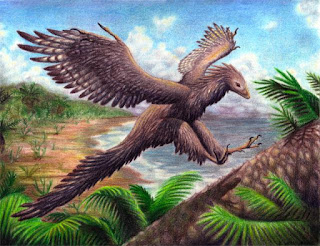
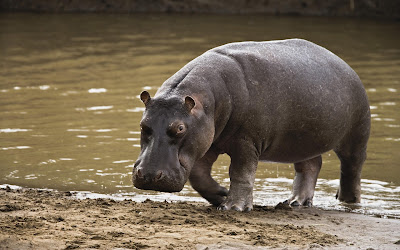

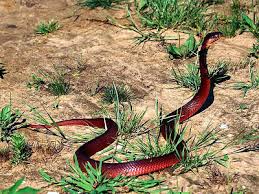

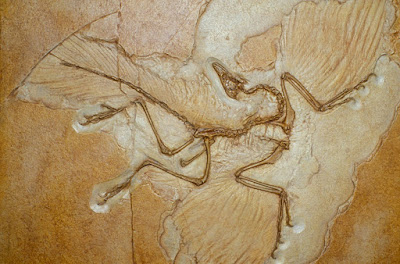

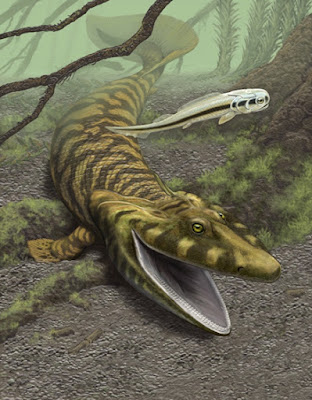
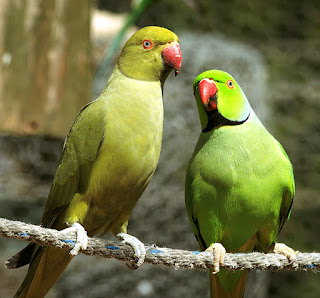
When i am searching for Pigeon Safety Nets In Hyderabad, i found Ram Tej Safety Nets are providing free installation, Best Quality & Strong Nets, 24/7 customer support and annual maintenance with ease.
ReplyDeleteThank you the inform @MamathaSri
ReplyDelete